Understanding the Future of Face Verification Technology in Daily Life
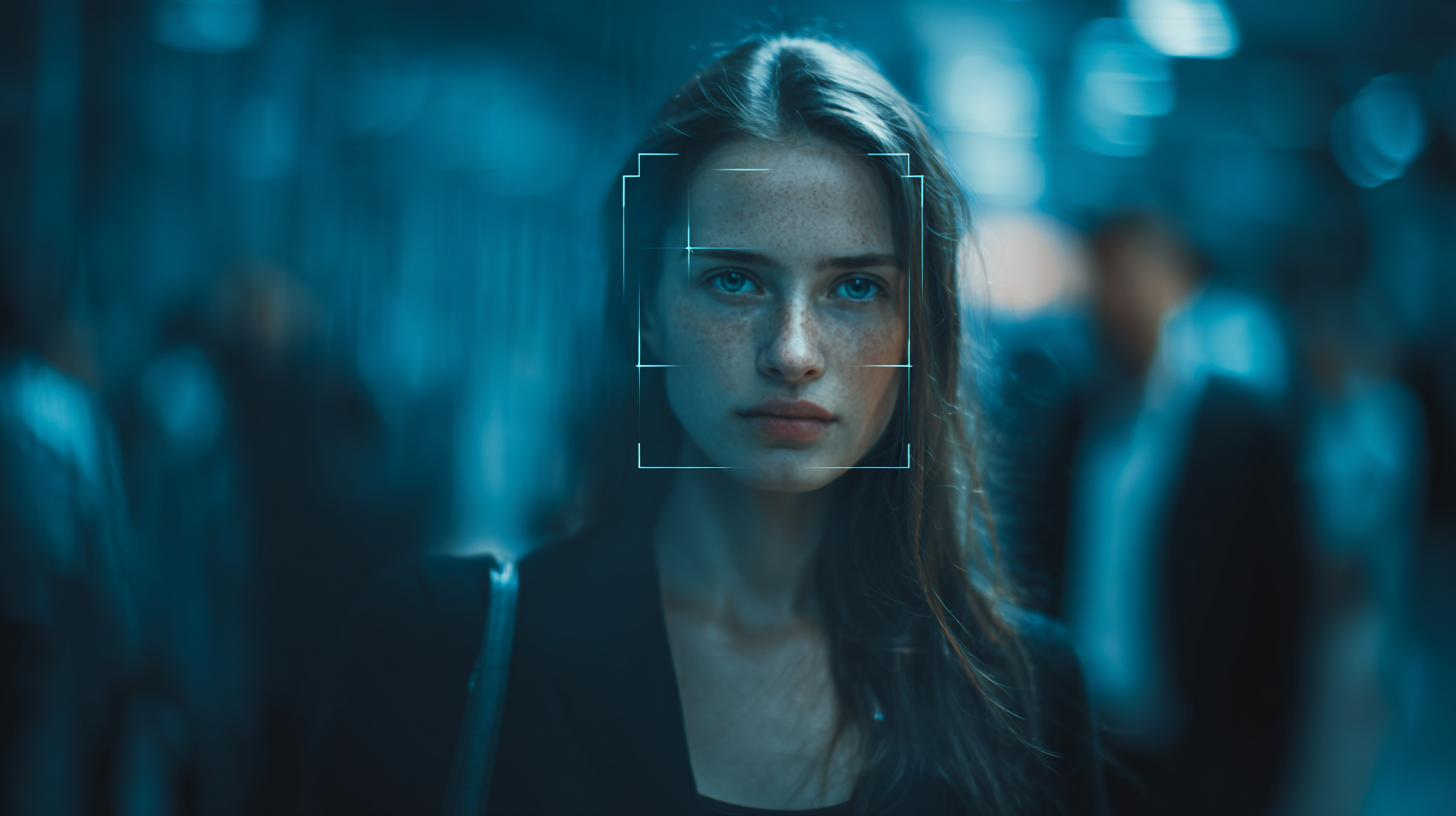 As the digital landscape evolves, Face Verification technology has emerged as a pivotal component in enhancing security and user convenience across various sectors. According to a report by ResearchAndMarkets, the global Face Recognition Market is expected to reach USD 9.6 billion by 2025, growing at a CAGR of 16.6% from 2020 to 2025. This rapid growth signifies an increasing reliance on Face Verification systems for access control, identity verification, and fraud prevention.
With advancements in artificial intelligence and machine learning, Face Verification is becoming more accurate and widely adopted in everyday applications, from unlocking smartphones to facilitating secure financial transactions.
As we delve into the future of this technology, it is crucial to understand its implications and the best practices for integrating Face Verification into our daily lives while addressing privacy concerns and ethical considerations.
As the digital landscape evolves, Face Verification technology has emerged as a pivotal component in enhancing security and user convenience across various sectors. According to a report by ResearchAndMarkets, the global Face Recognition Market is expected to reach USD 9.6 billion by 2025, growing at a CAGR of 16.6% from 2020 to 2025. This rapid growth signifies an increasing reliance on Face Verification systems for access control, identity verification, and fraud prevention.
With advancements in artificial intelligence and machine learning, Face Verification is becoming more accurate and widely adopted in everyday applications, from unlocking smartphones to facilitating secure financial transactions.
As we delve into the future of this technology, it is crucial to understand its implications and the best practices for integrating Face Verification into our daily lives while addressing privacy concerns and ethical considerations.
The Evolution of Face Verification Technology: Past, Present, and Future
The evolution of face verification technology has been marked by rapid advancements and widespread adoption across various sectors. In its early days, face verification relied heavily on basic algorithms that struggled with varying lighting conditions and diverse facial features. However, with the advent of machine learning and deep learning techniques, the accuracy of these systems has significantly improved. According to a study by the National Institute of Standards and Technology (NIST), the false match rate of state-of-the-art facial recognition systems has decreased to as low as 0.01%, making them more reliable for practical applications.
In the present day, face verification technology is increasingly integrated into daily life. It is utilized in smartphones, security systems, and even customer service applications, streamlining processes while enhancing security. Research from MarketsandMarkets predicts that the face recognition market will grow from $3.4 billion in 2020 to $7 billion by 2026, reflecting its growing significance in personal and organizational settings. Looking to the future, we can expect to see improvements in real-time processing and multi-modal biometric systems, which will further enhance the robustness of face verification technology. Advances in privacy-preserving techniques are also expected, addressing ongoing concerns about data security and ethical use.
Understanding the Future of Face Verification Technology in Daily Life
| Year | Technological Advances | Use Cases | Challenges |
|---|---|---|---|
| 2010 | Basic Facial Recognition | Security systems, Law enforcement | Low accuracy in diverse lighting |
| 2015 | Deep Learning Integration | Mobile unlock, Retail analytics | Privacy concerns, Data security |
| 2020 | 3D Face Recognition | Payments, Access control | Vulnerabilities to spoofing |
| 2023 | AI and ML Advancements | Personalized marketing, Smart devices | Ethical implications, Misuse of technology |
| 2025 | Biometric Fusion | Healthcare, Secure identity verification | Integration challenges, Regulatory hurdles |
Key Applications of Face Verification in Everyday Life
Face verification technology is rapidly transforming various aspects of daily life, providing enhanced security and convenience.
 One of the most prominent applications is in smartphone authentication, where users can unlock their devices simply by looking at them. This seamless interaction not only saves time but also adds a layer of security by utilizing biometric data unique to each individual.
Moreover, financial institutions are increasingly adopting face verification to streamline the onboarding process for new customers, ensuring that only the verified users can conduct transactions or access sensitive information.
One of the most prominent applications is in smartphone authentication, where users can unlock their devices simply by looking at them. This seamless interaction not only saves time but also adds a layer of security by utilizing biometric data unique to each individual.
Moreover, financial institutions are increasingly adopting face verification to streamline the onboarding process for new customers, ensuring that only the verified users can conduct transactions or access sensitive information.
Another vital application of face verification technology is in personalized marketing and customer experience. Retailers can utilize face recognition systems to analyze customer demographics and preferences, enabling them to tailor promotions and in-store experiences.
Additionally, social media platforms have integrated face verification features to enhance user safety, making it easier to identify and report fake accounts or inappropriate content. With these developments, face verification is poised to become an integral part of our daily routines, facilitating interactions and improving safety across various domains.
Challenges and Ethical Considerations in Face Verification Technology
The rise of face verification technology presents several challenges and ethical considerations that society must address. One of the primary challenges is the issue of bias in facial recognition systems. Studies have shown that these technologies can perform unequally across different demographic groups, often misidentifying individuals from marginalized communities at higher rates. This raises concerns about fairness and the potential for discrimination, especially when such systems are used in law enforcement and security settings.
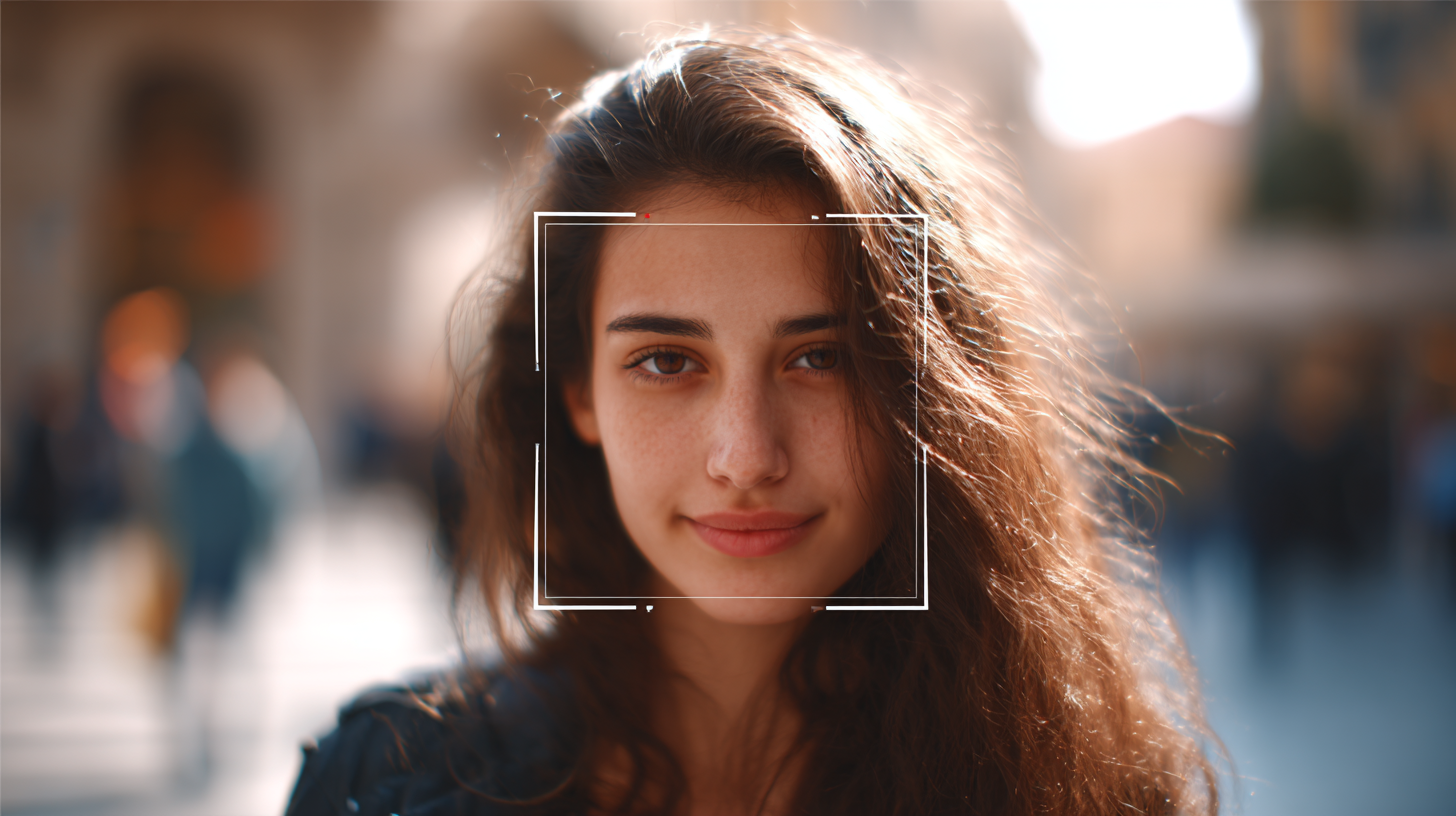
Another significant ethical consideration revolves around privacy. The pervasive nature of face verification technology means that individuals may be constantly monitored without their consent. This leads to questions about the right to privacy and the potential for misuse of data. Organizations must navigate the fine line between leveraging technological advancements for security purposes and respecting individuals' autonomy. As face verification becomes integrated into daily life, stakeholders must engage in thoughtful discussions about regulation, transparency, and accountability to ensure that these tools are used in ethically responsible ways.
The Role of Artificial Intelligence in Enhancing Face Verification Systems
The integration of artificial intelligence (AI) in face verification technology marks a significant evolution in how we authenticate identities. With the advent of deep learning algorithms, face recognition systems are becoming increasingly accurate and efficient. AI can analyze facial features with remarkable precision, enabling real-time processing and reducing error rates. This capability not only enhances security measures in various applications such as banking and access control but also improves user experience by facilitating seamless interactions in everyday activities.
Moreover, AI's role extends beyond mere recognition; it also includes context-aware processing. By leveraging vast datasets, AI can adapt to variables such as lighting conditions, angles, and even changes in facial appearance over time. This adaptability ensures that face verification systems remain reliable and effective, even in challenging environments.
As these systems become smarter, they can offer enhanced privacy protection and forge a balance between security needs and individual rights, ultimately shaping a future where face verification technology is seamlessly woven into the fabric of daily life.
Future Trends: Innovations Shaping Face Verification Technology and User Experience
The future of face verification technology is on the cusp of transformative innovations that promise to enhance user experience significantly. One of the most notable trends is the integration of artificial intelligence and machine learning algorithms, which are being developed to improve accuracy and speed. These advancements enable systems to learn from vast datasets, allowing for real-time analysis and facial recognition even under challenging conditions such as low light or partially obscured faces. As a result, face verification systems are becoming more reliable, ensuring that individuals can be authenticated swiftly and securely in various applications.
Another key innovation shaping the landscape of face verification is the rise of privacy-centric technologies. As concerns about data security and personal privacy continue to grow, developers are focusing on creating solutions that prioritize user control over their biometric data. This includes decentralized storage options, where users' facial data can be kept locally rather than on centralized servers, mitigating the risk of data breaches. Furthermore, advancements in liveness detection technology are helping to safeguard against spoofing attempts, ensuring that only authentic users can gain access. Together, these innovations not only elevate the efficiency of face verification systems but also foster greater user trust and confidence in their deployment in daily life.
Understanding the Future of Face Verification Technology in Daily Life
Related Posts
-
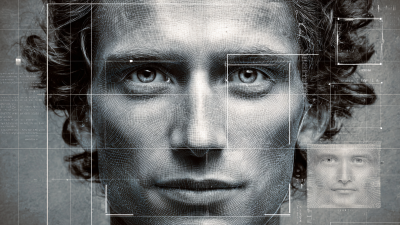
Mastering International Standards for Best Face Verification Import and Export Compliance Guide
-

Essential Checklist for Implementing Face Recognition Devices in Your Business Operations
-
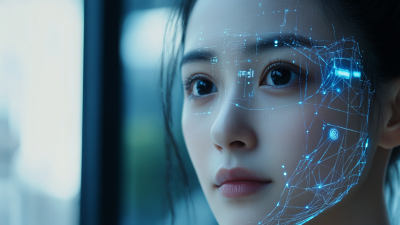
Unleashing the Power of Best Facial Recognition Technology from China's Manufacturing Leaders
-
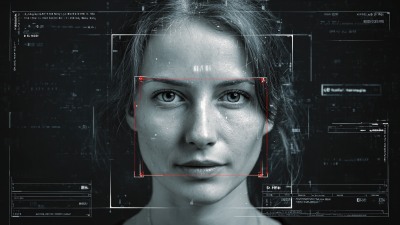
Global Import Export Certifications for Top Best Facial Recognition Solutions
-

How Best Face Verification Transforming Security: Case Studies and Industry Insights
-
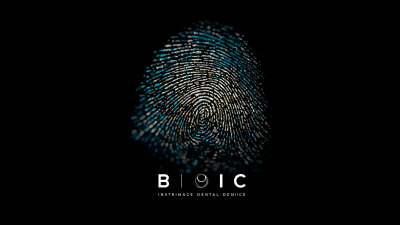
Exploring Innovative Alternatives to the Best Biometric Device for Global Buyers